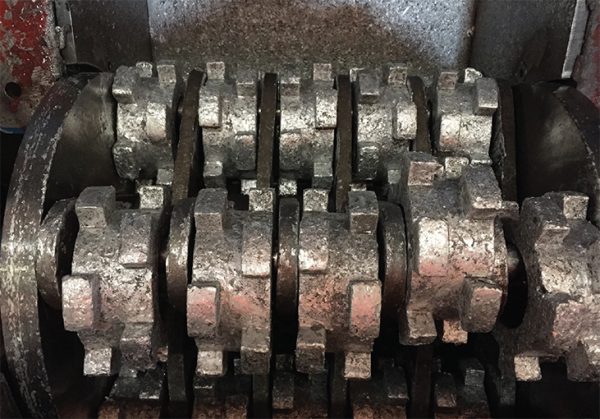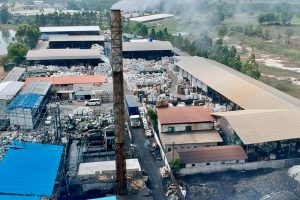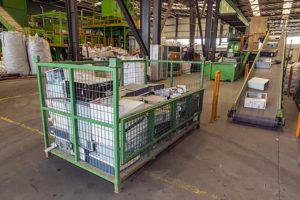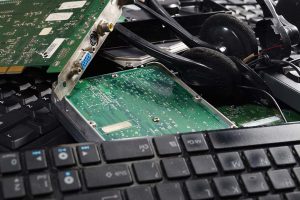
 It’s been 15 years since California’s e-scrap program was launched, and those years have brought significant changes to the end-of-life device stream. Now, administrators of the country’s first state program have adopted a vision for the future.
It’s been 15 years since California’s e-scrap program was launched, and those years have brought significant changes to the end-of-life device stream. Now, administrators of the country’s first state program have adopted a vision for the future.
 China supplies components for a lot of equipment used in the U.S. recycling industry, meaning tariffs on Chinese imports would be felt across many recycling sectors, according to an industry association.
China supplies components for a lot of equipment used in the U.S. recycling industry, meaning tariffs on Chinese imports would be felt across many recycling sectors, according to an industry association.

A Feb. 2, 2018 drone view of a site dubbed “dioxin factory,” where imported e-scrap is processed and circuit boards and wires are burned in a smelter.
A police raid at a massive e-scrap facility in Thailand prompted Seattle-based Basel Action Network to release results of its own investigations in the Southeast Asian country.

With the U.S. e-scrap industry continuing to rely on the export market, companies are not only contending with domestic laws and certification requirements – they’re navigating a wide range of complex and unique international laws as well.
A computer tower with a tracking device provided by the Green Tracking Service (device at lower right).
A U.S. company has begun providing an e-scrap tracking service so processors and OEMs can see where their downstream vendors are sending devices. One processor is already regularly using the service.
Beckley’s of Rochester, Minn., Kent Record Management or Norton Shores, Mich.; Shred-It USA of Marquette, Mich.; and Shred Monster of Columbus, Neb. have either achieved or renewed their NAID certifications for physical destruction of hard drives.
Visit our archive to view previous editions of the scorecard.
 Processors handling non-CRT devices will be paid 60 cents a pound by the state of California, a 22 percent increase over their current payment rate.
Processors handling non-CRT devices will be paid 60 cents a pound by the state of California, a 22 percent increase over their current payment rate.
 Minnesota’s state program has released data on its first full year since legislation significantly altered the program. Although manufacturer recycling obligations are up, the volume of material recycled has fallen.
Minnesota’s state program has released data on its first full year since legislation significantly altered the program. Although manufacturer recycling obligations are up, the volume of material recycled has fallen.
